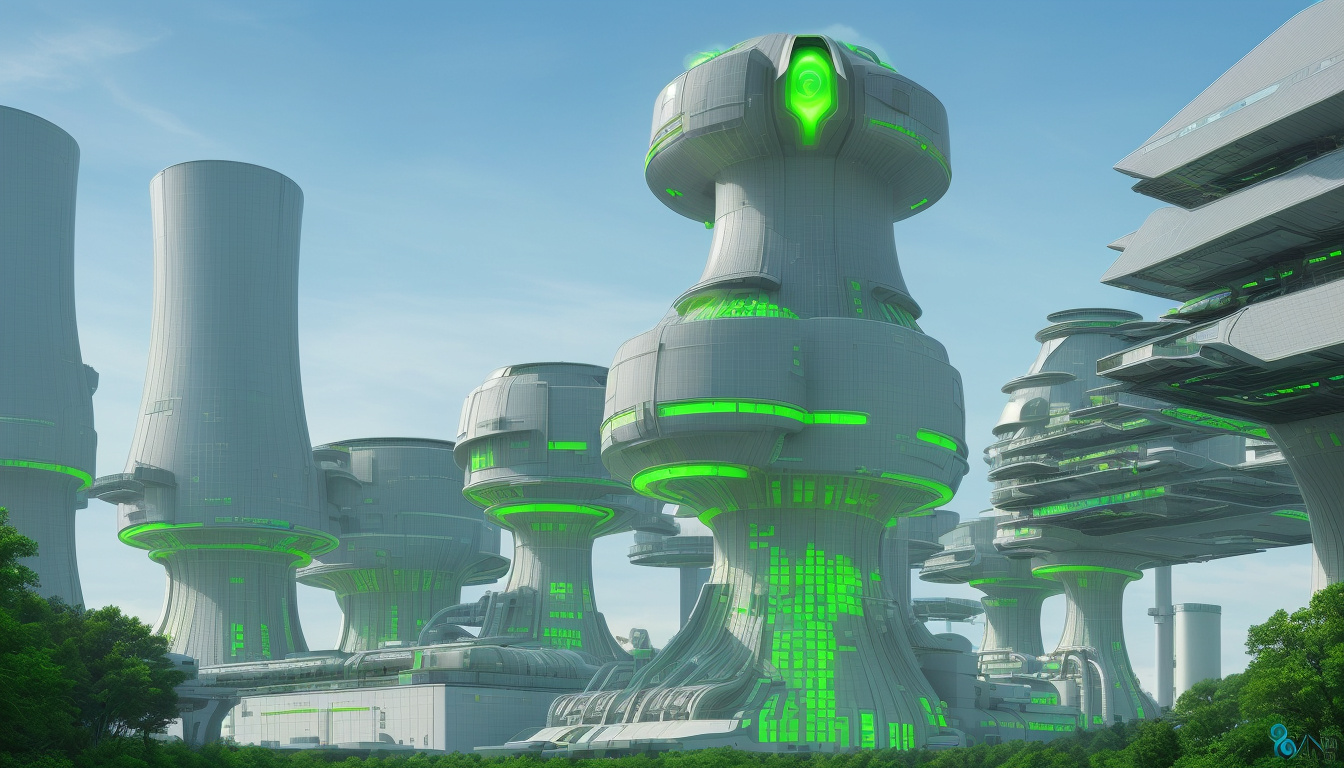What’s Next for Advanced Nuclear Technology?
An in-depth overview of the evolving landscape of advanced nuclear reactors and their future prospects.
Published July 14, 2025 — By Brian Martucci
Advanced nuclear technology is gaining renewed momentum, promising safer, faster, and potentially more cost-effective electricity generation compared to conventional nuclear power. Over the past two years, significant progress has been made toward bringing several advanced reactor designs online, with the U.S. Nuclear Regulatory Commission (NRC) playing a central role in speeding up approvals and streamlining regulations. However, while enthusiasm runs high, critics remain cautious about the technology’s unproven track record in Western markets and possible cost overruns.
The Changing Regulatory Landscape
The NRC has undertaken bold reforms to facilitate the deployment of advanced reactors. These include accelerating construction permit reviews, extending the validity period for reactor design certifications, and easing the licensing framework, especially for factory-built reactors such as microreactors. Additional reforms are expected as the NRC continues to modernize its approach to support emerging nuclear technologies.
This regulatory tailwind is bolstered by supportive state policies, anticipated growth in electricity demand, and strong interest from technology firms focused on delivering “clean firm” power — energy sources that provide reliable, carbon-free electricity. Federal tax incentives, which survived recent GOP budget negotiations largely intact, further strengthen the economic case for advanced nuclear.
According to analysis by ClearView Energy Partners, these factors are encouraging many utility executives to envision a future generation mix that includes new nuclear capacity. Industry observers advise utilities yet to engage with advanced nuclear to familiarize themselves with the rapidly evolving landscape.
Defining Advanced Nuclear
“Advanced nuclear” encompasses a wide variety of reactor technologies that largely share a common feature: they have simpler, more passive safety systems designed to reduce the likelihood of failure and minimize the need for active human intervention. According to the Nuclear Innovation Alliance (NIA), a key trade organization in Washington, D.C., these reactors vary widely—comparable to “gouda and gorgonzola”—but all aim to improve upon the legacy designs that have dominated nuclear power for decades.
The spectrum of advanced nuclear includes:
- Large light-water reactors (LWRs): Examples include the twin 1,117-megawatt AP1000 units recently completed at Georgia Power’s Plant Vogtle, albeit at a final cost nearly twice the original estimate ($32 billion instead of $14 billion).
- Small Modular Reactors (SMRs): Compact reactors ranging from a few megawatts up to several hundred megawatts, which can be partly or fully factory-built and transported to sites. These promise faster, more modular deployment.
- Microreactors: Very small units (around 1 MW) designed for niche applications, such as remote power generation or supplemental industrial heat.
While large reactors historically offer cheaper bulk electricity generation, smaller reactors could offer faster and more flexible deployment. The U.S. Department of Energy (DOE) estimated that the first SMR project might cost around $4 billion total—about one-third the expense of traditional large reactors. Studies suggest full modularization may reduce capital costs by over 40%, though large reactors remain competitive on a per-kilowatt basis, as evidenced by South Korea’s proven nuclear programs.
Challenges and Lessons Learned
One notable recent development was the cancellation in late 2023 of NuScale Power’s 462-MW Carbon Free Power Project, which was the only commercial SMR project in the U.S. with a utility offtaker at that time. This setback for NuScale and the advanced nuclear industry exemplified the challenges of scale, cost, and regulatory complexity.
Judi Greenwald, Executive Director of the Nuclear Innovation Alliance, noted that NuScale’s reliance on a single utility consortium was a key business risk. However, the company’s interactions with the NRC have provided invaluable insights that are helping avoid regulatory roadblocks for other firms in the industry.
The NRC has responded by:
- Speeding up licensing and permit reviews.
- Developing a lighter-touch licensing framework specific to microreactors.
- Creating a new, technology-neutral, risk-informed licensing pathway tailored for advanced reactors.
These efforts are expected to translate into more timely and efficient approvals, especially as smaller and novel designs seek market entry.
Diverse Industry Approaches to Commercialization
Developers of advanced nuclear technology are pursuing varied strategies:
- Kairos Power: Emphasizes an innovation-driven approach using low-power test reactors to refine technology and streamline licensing.
- GE Hitachi: Partners with large utilities ready to invest in first-of-a-kind projects to accelerate commercialization.
- Holtec International: Plans to site SMRs at existing nuclear plants, such as the soon-to-restart 800-MW Palisades plant in Michigan.
- X-energy: Targets industrial heat and electricity applications, including supplying a Dow Chemical plant in Texas, with strong backing from DOE demonstration programs.
- Last Energy: Focuses on tailored solutions for front-of-meter and behind-the-meter deployments with large customers like data centers.
James Richards, manager of NIA’s economics and project development program, remarked, “If you can cut through the noise, there is real stuff happening in the industry right now — shovels in the ground. We haven’t seen this since the 1980s, and we’re seeing it with new and different designs.”
Cutting-Edge Reactor Types
The majority of operating U.S. reactors today use pressurized water or boiling water technology with low-enriched uranium fuel. Advanced reactors, however, are increasingly experimenting with alternative coolants—such as liquid metals, molten salts, and high-temperature gases—and with high-assay, low-enriched uranium (HALEU). HALEU fuels enable more efficient reactions and longer refueling cycles, especially in compact, high-temperature designs that can efficiently produce both electricity and industrial process heat.
The five leading advanced reactor types include:
-
Pressurized Water Reactors (PWRs): Traditionally dominant; advanced variants like NuScale’s US460 and Holtec’s SMR-300 are designed to be modular and scalable.
- Example Project: Plant Vogtle Units 3 and 4 AP-1000 reactors in Georgia.
-
Boiling Water Reactors (BWRs): Generate steam directly within the reactor core; less common among new SMR projects but notable examples exist.
- Example Project: GE Hitachi’s BWRX-300 at the Tennessee Valley Authority’s Clinch River site in Tennessee.
-
Molten Salt Reactors: Use liquid salt mixtures as both coolant and fuel carrier, enabling high operating temperatures and passive safety.
-
Liquid Metal-Cooled Reactors: Use metals like sodium or lead as coolants to achieve excellent heat transfer and high operating temperatures.
-
High-Temperature Gas Reactors: Utilize inert gases such as helium to provide very high outlet heat suitable for industrial process heat applications.
Conclusion
Advanced nuclear technology is at an inflection point. With regulatory reforms, growing market interest, and a diverse set of reactor designs advancing toward commercialization, the industry looks poised for transformation. However, challenges around cost, licensing, and deployment remain and will require sustained innovation and cooperation between developers, regulators, utilities, and policymakers.
As utilities and stakeholders plan for a low-carbon future, understanding and integrating the evolving capabilities of advanced nuclear reactors will be critical to meeting demand reliably and sustainably.
For ongoing updates on the nuclear sector and broader electric utility industry news, subscribe to Utility Dive’s newsletters.










